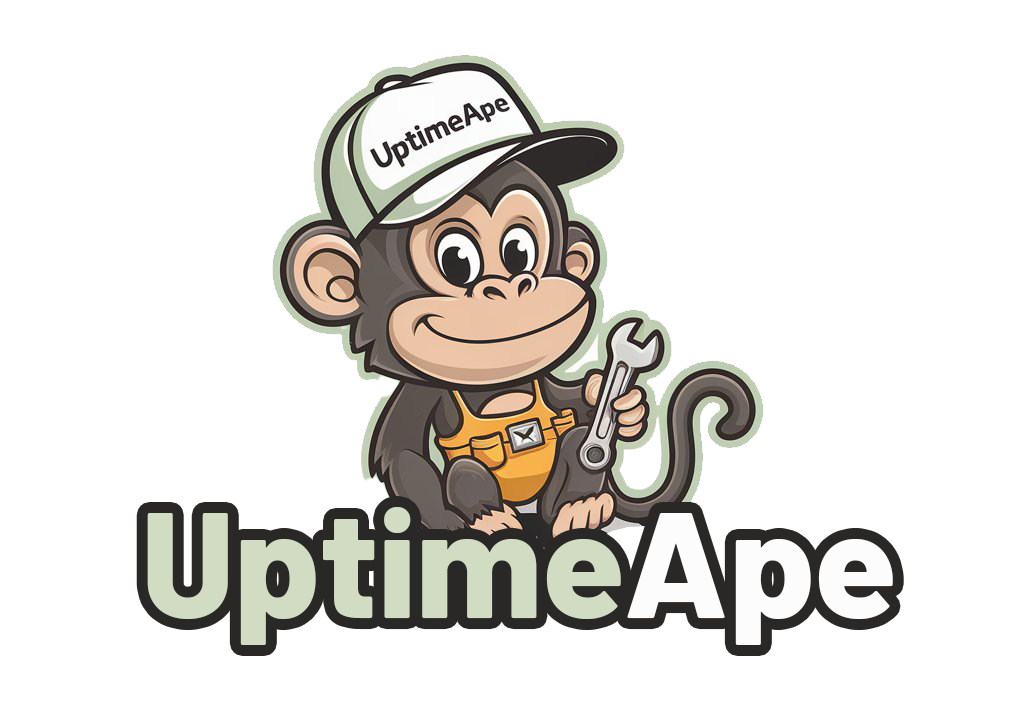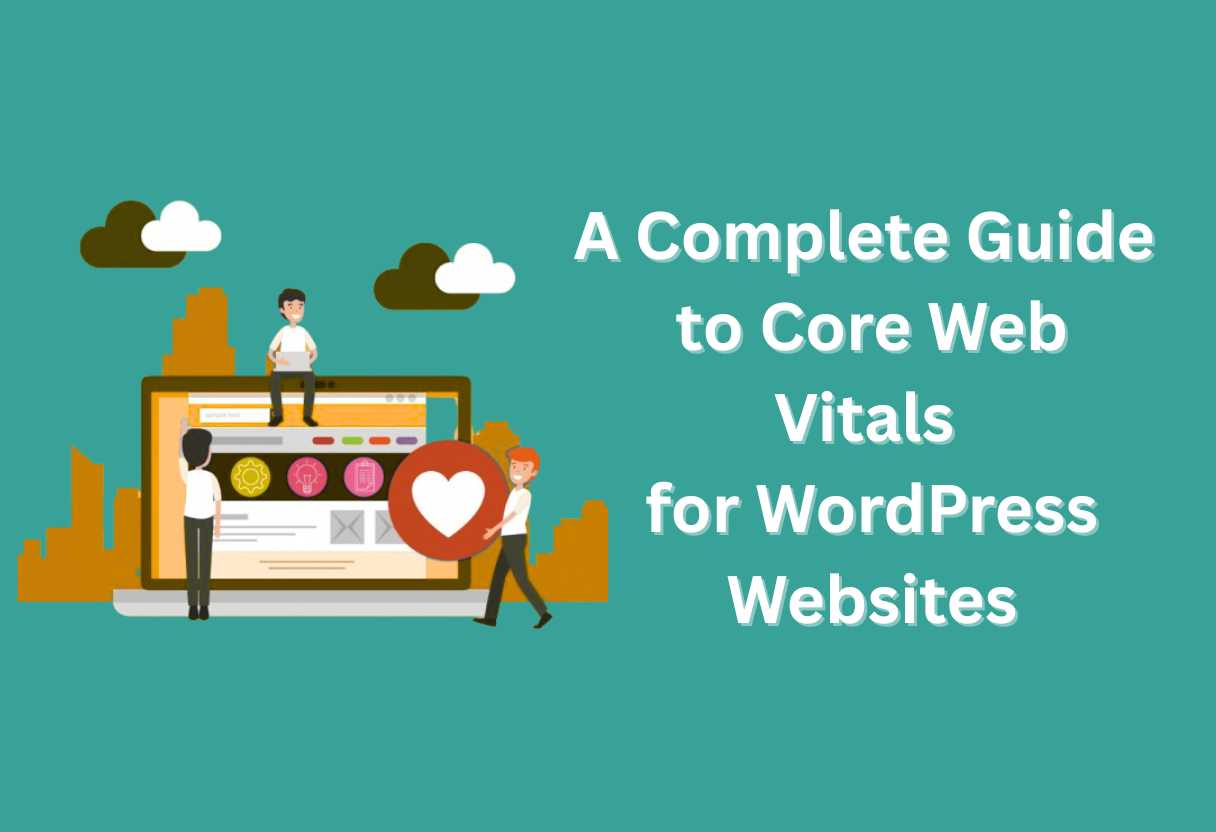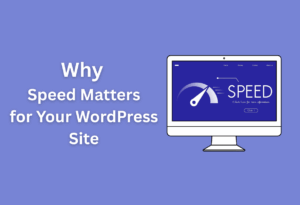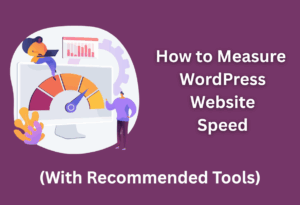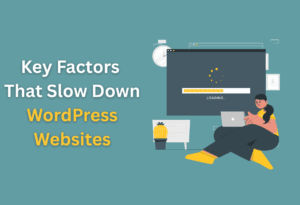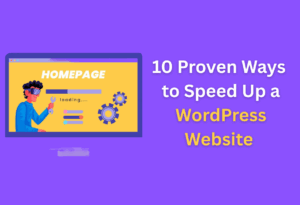There’s a growing emphasis on website performance, and understanding Core Web Vitals is crucial for anyone managing a WordPress site. In this complete guide, you will learn how to measure and optimize these key metrics—Largest Contentful Paint, First Input Delay, and Cumulative Layout Shift—ensuring your site not only meets Google’s standards but also provides an excellent user experience. As you navigate through the steps and best practices outlined here, you will empower your website to achieve higher rankings and better visitor engagement.
Understanding Core Web Vitals
Before entering into how to optimize your WordPress website, it’s important to grasp the fundamental concepts behind Core Web Vitals. These metrics are designed to measure user experience on the web, focusing on key aspects like loading performance, interactivity, and visual stability. By understanding these metrics, you can enhance your site’s performance and ultimately provide a better experience for your visitors.
Definition and Importance
Understanding Core Web Vitals means recognizing their significance in the modern web landscape. These three imperative metrics—LCP, FID, and CLS—help you assess and improve your website’s user experience, which can directly impact your search engine rankings and overall success.
Key Components of Core Web Vitals
There’s a triad of metrics you need to pay attention to: Largest Contentful Paint (LCP), First Input Delay (FID), and Cumulative Layout Shift (CLS). Each of these metrics captures a different aspect of the user experience, providing you with a comprehensive understanding of how your website performs under various conditions.
It’s important to note that LCP measures loading performance, focusing on the time it takes for the largest piece of content to become visible. FID gauges interactivity, measuring the delay users experience when they first interact with your site. Lastly, CLS assesses visual stability by tracking unexpected layout shifts during loading. By optimizing these components, you can significantly enhance user satisfaction and engagement on your site.
Types of Core Web Vitals
It is vital to understand the different types of Core Web Vitals to optimize your WordPress website effectively. These metrics focus on the user experience and performance of your site, helping you create a better interaction for your visitors. Below is a summary of the main categories:
| Type | Description |
|---|---|
| User Experience Metrics | Metrics that focus on user satisfaction and interaction with your website. |
| Performance Metrics | Metrics assessing how quickly and efficiently your site loads and responds. |
| Environmental Factors | External elements that might impact the performance and user experience on your site. |
| Field Data | Information gathered from real-users accessing your site across different devices. |
| Lab Data | Controlled measurements taken through various tools to analyze performance. |
User Experience Metrics
Types of User Experience Metrics center around how users interact with your site. These metrics assess factors such as loading times, visual stability, and the responsiveness of your webpages. By prioritizing these aspects, you can significantly enhance visitor satisfaction and encourage those users to stay longer on your site.
Performance Metrics
One of the key elements of Core Web Vitals is Performance Metrics. These metrics directly influence how fast your website loads and responds to user interactions. Understanding these measurements allows you to identify performance bottlenecks and implement strategies for improvement.
User engagement is largely influenced by how quickly your site loads. Core Web Vitals assign importance to metrics like Largest Contentful Paint (LCP), which measures loading performance, and First Input Delay (FID), which gauges interactivity. By optimizing these metrics, you enhance the overall user experience and reduce bounce rates.
Environmental Factors
Assuming you want to optimize your WordPress site effectively, Environmental Factors play a key role. These include the user’s device, browser, and network conditions, which can impact your site’s performance. You must be aware of these elements to provide an optimal experience for all visitors.
- Device capabilities, such as memory and processor speed.
- Browser compatibility, influencing how pages render.
- Network conditions, affecting loading times.
- User settings, like JavaScript or image loading preferences.
- External plugins and scripts that may slow down your site.
Perceiving the impact of these environmental factors can aid in tailoring your website to meet diverse user needs. Your awareness of how various elements affect performance can lead you to better optimize your site’s responsiveness and speed.
- Monitoring real-world user conditions to understand performance variations.
- Adapting designs for different devices and screen sizes.
- Testing site performance under different network speeds.
- Implementing device-specific load optimizations.
- Ensuring your site remains functional for a broader audience.
Perceiving the significance of Environmental Factors is vital for creating a seamless and efficient experience across different user environments. By acknowledging these aspects, you can customize your site’s performance, ensuring that it caters to your audience in various scenarios.
Factors Affecting Core Web Vitals
Many aspects of your WordPress website can influence its Core Web Vitals. Understanding these factors can help you enhance your site’s performance and user experience. Here are some critical elements that may affect your Core Web Vitals:
- Hosting Quality
- Theme and Plugins Impact
- Image Optimization
- JavaScript and CSS Efficiency
The choices you make in these areas can significantly affect your website’s loading speed, interactivity, and visual stability.
Hosting Quality
To optimize your Core Web Vitals, it is important to start with a solid hosting solution. High-quality hosting can enhance your site’s speed and reliability, which directly affects loading times and responsiveness. Selecting a managed WordPress hosting provider with built-in optimizations can boost your website’s performance effectively.
Theme and Plugins Impact
Now, the theme and plugins you choose can have varying impacts on your website’s performance. Lightweight themes that are optimized for speed tend to perform better, while bloated themes or excessive plugins can slow down your site.
This means you should select a well-coded theme and use only the necessary plugins, ensuring they are optimized and updated regularly. Avoid overloading your site with features that could hamper performance, as each added element can add to the load time, potentially negatively impacting your Core Web Vitals.
Image Optimization
Plugins that handle image optimization can significantly enhance your website’s performance. Using tools for compressing images and converting them to next-gen formats can reduce load times and improve your Core Web Vitals scores.
Quality optimization is important because large images can slow down your site and cause delays in rendering. Always aim to resize and compress images without sacrificing quality, as this will improve loading times and user experience, ensuring your pages load faster and provide a smoother browsing experience.
JavaScript and CSS Efficiency
While managing your website, you should also focus on the efficiency of JavaScript and CSS. Unoptimized scripts and styles can lead to longer loading times and affect your site’s interactivity and visual stability.
The recommended approach is to minimize and defer the execution of unnecessary JavaScript files and CSS, ensuring that only important code loads first. This strategy will help maintain a fast, fluid user experience, enhancing your site’s Core Web Vitals and improving overall performance.
Step-by-Step Guide to Measuring Core Web Vitals
For website owners looking to optimize their site’s performance, measuring Core Web Vitals is necessary. In this guide, you will learn effective methods to assess your website’s performance metrics, ensuring that your users have a seamless experience.
| Method | Description |
| Google PageSpeed Insights | Analyze your website’s performance and receive tailored suggestions for improvement. |
| Chrome DevTools | Use this browser tool to examine performance metrics directly from the page. |
| Search Console | Access important performance data and insights related to search visibility. |
Using Google PageSpeed Insights
Google PageSpeed Insights provides you with valuable information on your website’s performance. By entering your URL, you can see a detailed report of your Core Web Vitals scores, offering insights into areas that require attention. The tool also suggests specific improvements to enhance loading times and user experience.
Navigating Chrome DevTools
Little do many know, Chrome DevTools is a powerful tool for measuring Core Web Vitals. You can access performance metrics in real-time as you browse your website. This hands-on approach allows you to see how your site performs under various scenarios, which can inform your optimization strategies.
For instance, within Chrome DevTools, you can navigate to the “Performance” tab to capture a performance profile. This tool provides an in-depth analysis of your site’s loading times, interactivity, and visual stability. By recording a session while interacting with your site, you can identify bottlenecks that may be affecting your Core Web Vitals scores.
Analyzing Data with Search Console
Google Search Console allows you to analyze aggregated performance data, including metrics related to Core Web Vitals. By accessing the “Core Web Vitals” report, you can see how your website performs across different devices and identify specific pages that may need improvement.
Guide your optimization efforts by focusing on data highlighted in Search Console. The report categorizes your pages as “Good,” “Needs Improvement,” or “Poor,” helping you prioritize which pages to address first. You can also monitor changes in performance over time, adapting your strategies as necessary to maintain a user-friendly experience.
Tips for Improving Core Web Vitals
Not every WordPress website performs optimally when it comes to Core Web Vitals. Here are some effective strategies you can deploy to enhance your website’s performance:
- Optimize Images and Media
- Minimize JavaScript
- Reduce Server Response Time
- Implement Lazy Loading
Assume that with these tips, your site’s user experience and SEO ranking can significantly improve.
Optimize Images and Media
If you want to boost your Core Web Vitals, optimizing your images and media is imperative. Resize large images, use the correct file format, and apply compression techniques to keep load times to a minimum.
Minimize JavaScript
Even small amounts of JavaScript can negatively impact loading speed. By reducing or deferring unnecessary scripts, you can significantly enhance your website’s performance.
JavaScript can block the rendering of your webpage, leading to increased loading times. You can consider minifying your scripts using tools like UglifyJS, and employing asynchronous loading for non-imperative scripts to improve overall efficiency.
Reduce Server Response Time
The time it takes for your server to respond to requests plays a vital role in your site’s performance. Focus on optimizing your hosting plan and server settings for better load times.
This might involve upgrading to a better hosting service, utilizing a Content Delivery Network (CDN), or optimizing your database for faster retrieval times. Speeding up server responses can significantly enhance your overall Core Web Vitals scores.
Implement Lazy Loading
You can further improve loading times by enabling lazy loading on your WordPress site. This technique defers the loading of images and videos until they are in the user’s viewport, thus improving initial load times.
For instance, by implementing lazy loading, you ensure that only the content that immediately appears on the screen is loaded first. This not only enhances the user experience but also optimizes your Core Web Vitals, resulting in quicker perceived loading times for visitors.
Pros and Cons of Focusing on Core Web Vitals
Once again, it’s important to evaluate the advantages and disadvantages of concentrating on Core Web Vitals for your WordPress website. While optimizing for these metrics can significantly enhance user experience and SEO, there are also challenges that you should be aware of. Below is a detailed comparison of the pros and cons for your consideration.
| Pros | Cons |
|---|---|
| Improved user experience | Time-consuming optimizations |
| Better SEO performance | Potential for increased costs |
| Higher conversion rates | Need for ongoing monitoring |
| Enhanced credibility and trust | Requires technical expertise |
| Competitive advantage | Compatibility issues with plugins |
| Faster load times | Time-sensitive updates and changes |
| Better mobile optimization | Possible trade-offs in design |
| Positive impact on brand perception | Dependency on third-party tools |
| Robust analytics insights | Complexity in implementation |
| Alignment with Google’s algorithm updates | May distract from other important metrics |
Pros
You will find that focusing on Core Web Vitals can significantly enhance your website’s user experience. As your pages load faster and respond smoothly to user interactions, visitors are more likely to stay on your site longer, thereby increasing engagement and conversions. Additionally, search engines like Google reward websites that prioritize user experience, leading to improved visibility in search results.
Cons
Clearly, there are challenges involved in concentrating on Core Web Vitals. The optimization process can often be time-consuming and may require a significant investment, both in terms of time and potential resources. This can detract from other important areas of your site that also need attention.
Plus, along with these efforts, you might face ongoing maintenance needs to keep up with changing standards and tools. Technical expertise may be needed to implement some optimizations effectively, which could introduce additional costs if you need to hire outside help. Ultimately, the balance between maintaining Core Web Vitals and other core aspects of your site is critical to your overall web management strategy.
Final Words
Summing up, understanding and optimizing Core Web Vitals is important for your WordPress website’s success. By focusing on metrics like loading speed, interactivity, and visual stability, you can enhance user experience and boost your site’s performance. Implementing the strategies and tools outlined in this guide will not only improve your site’s ranking in search engines but also keep your visitors engaged. Prioritize these aspects to ensure your WordPress site meets the evolving standards of web performance and delivers an exceptional user experience.
